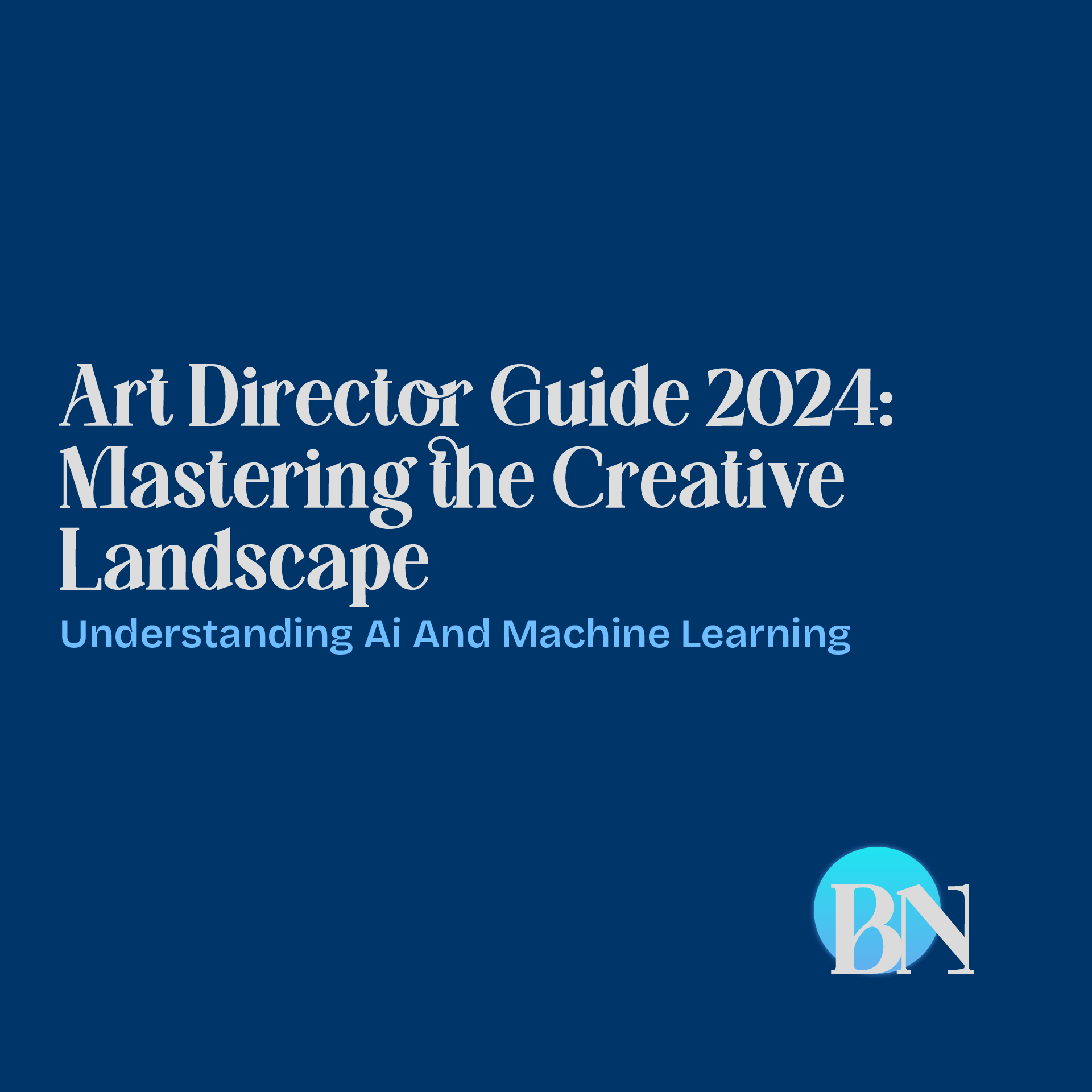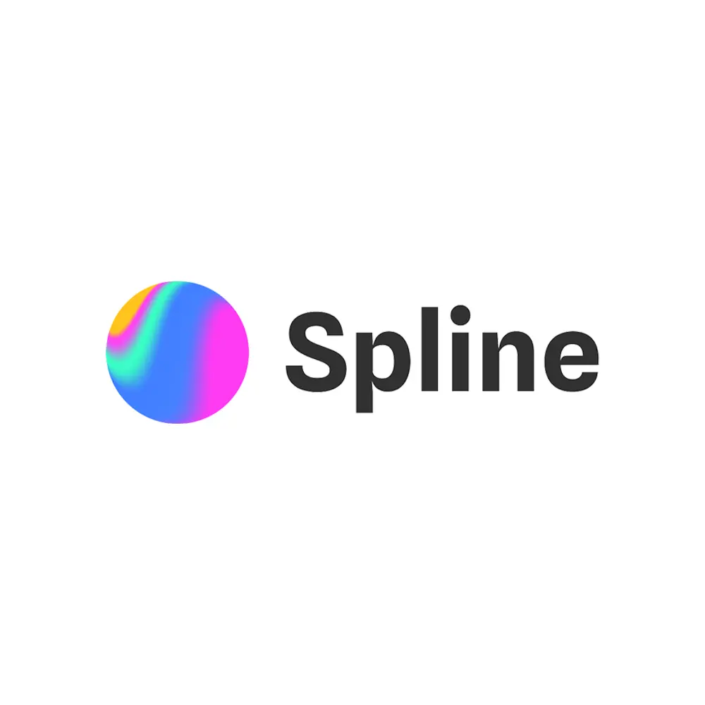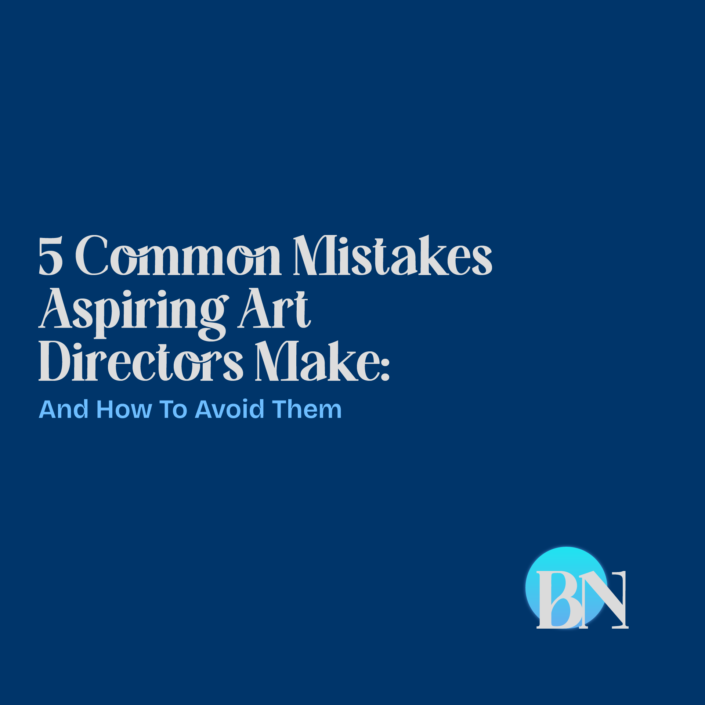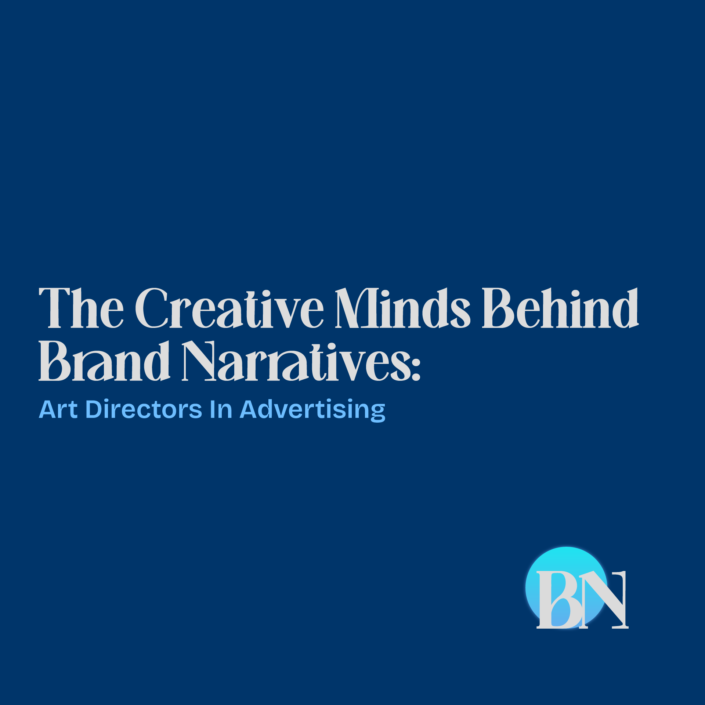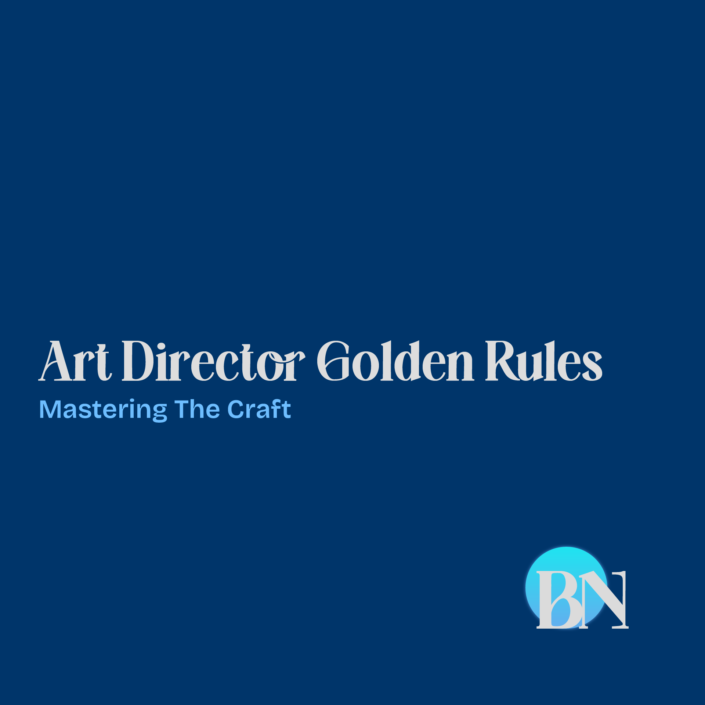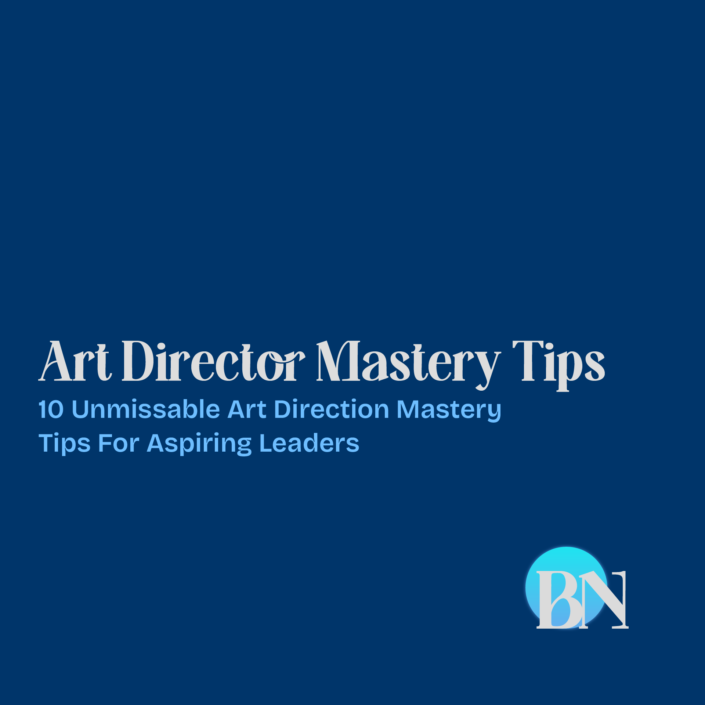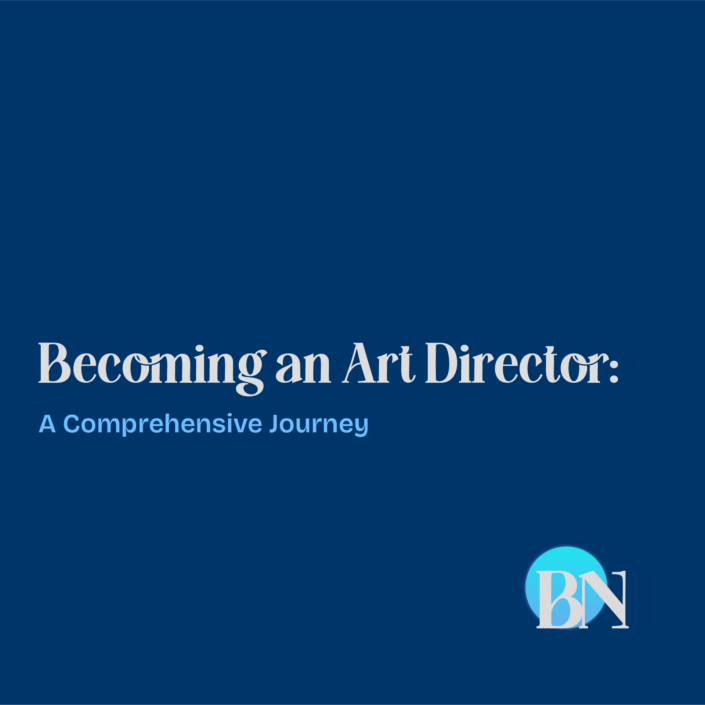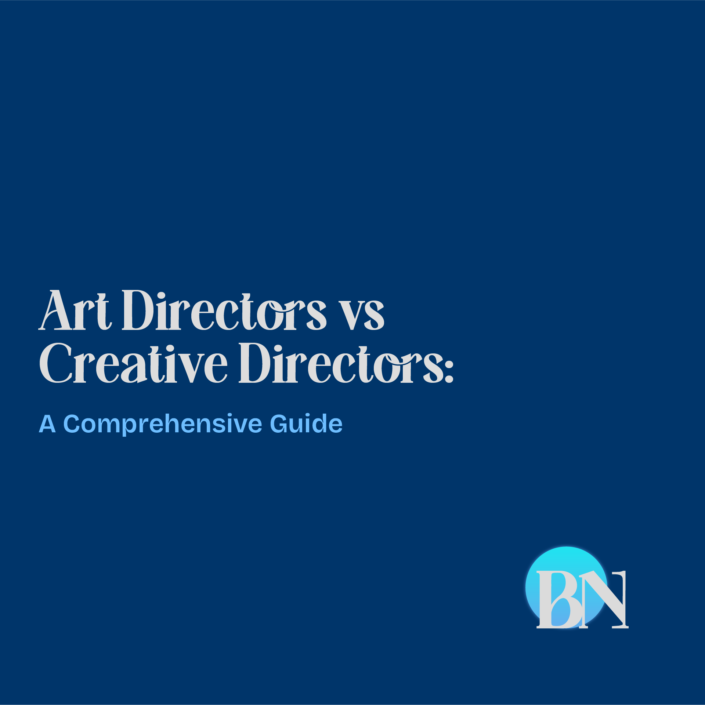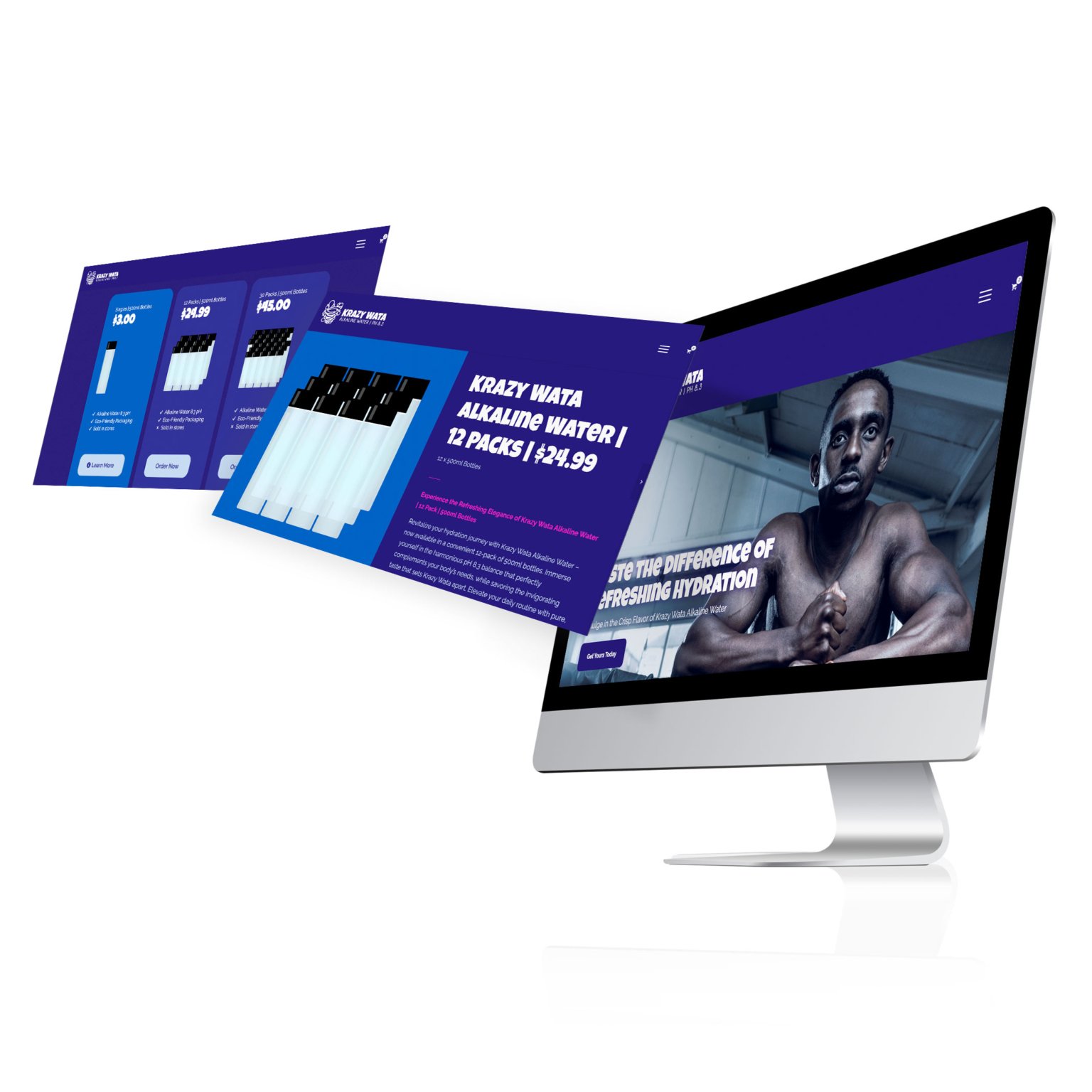
Art Director Guide 2024:
Mastering the Creative Landscape
Art direction is the heartbeat of the creative world, shaping visual narratives and driving innovation. As we step into 2024, the role of an art director is more critical than ever. In this comprehensive guide, we will delve deep into the art director’s realm, exploring the evolving trends, essential skills, and the path to success in this dynamic field.
Introduction: The Art of Directing Creativity
Art direction is more than just a job; it’s a creative journey that requires finesse, vision, and a deep understanding of aesthetics. In this guide, we’ll embark on a journey through the world of art direction in 2024 and uncover the skills and insights needed to thrive in this dynamic field.
Understanding the Role of an Art Director
The Artistic Visionary
The journey from static imagery to intricate motion designs has been revolutionary. Gone are the days when static images and graphics dominated the digital space. Today, motion design is a language that communicates the vibrancy and energy of the digital age.
Collaborator Extraordinaire
Successful art directors excel in collaboration. They work closely with designers, photographers, and other creatives to bring ideas to life. Building strong working relationships is essential in this role.
Creative Problem-Solver
Art directors often face creative challenges. Whether it’s finding a unique solution to a design
2024 Artistic Trends
Embracing Minimalism
In 2024, minimalism continues to influence art and design. Art directors need to master the art of doing more with less, focusing on simplicity, clarity, and meaningful aesthetics.
Digital Art Revolution
The digital realm offers boundless creative possibilities. Art directors must stay updated with the latest digital art tools and techniques to remain relevant in the industry.
Sustainability in Art
Sustainability is no longer a niche concern but a mainstream consideration. Art directors play a crucial role in promoting eco-friendly practices in their projects.
Mastering Visual Storytelling
The Power of Imagery
Visuals have the power to convey emotions and messages. Art directors must harness this power to tell compelling stories through their work.
Crafting Compelling Narratives
Great art directors are also great storytellers. They guide the viewer through a narrative using visuals, creating an emotional connection.
Emotional Impact of Design
Art directors should aim to evoke emotions through their work. Emotional resonance makes art memorable and impactful.
The Tools of the Trade
Adobe Creative Suite
Adobe software remains the industry standard for design. Art directors should be proficient in Adobe Illustrator, Photoshop, and InDesign.
3D Modeling Software
In a world embracing 3D visuals, knowledge of 3D modeling software like Blender and Maya is invaluable for art directors.
Project Management Tools
Effective project management ensures that creative projects are executed smoothly. Tools like Asana and Trello can help art directors stay organized.
Building a Creative Team
Hiring the Right Talents
Art directors are only as good as their team. Hiring individuals with diverse skills and perspectives can lead to groundbreaking creative work.
Fostering Collaboration
Creating a collaborative and inclusive work environment encourages creativity to flourish. Art directors should be skilled in fostering teamwork.
Nurturing Creativity
Creativity is a delicate flower that requires nurturing. Art directors should provide a conducive environment for their team to explore and experiment.
Navigating the Client-Artist Relationship
Effective Communication
Clear communication is the cornerstone of a successful client-artist relationship. Art directors must listen to client needs and provide clear explanations of creative choices.
Managing Expectations
Art directors need to manage client expectations and educate them about the creative process. Transparency and setting realistic goals are key.
Handling Critique and Feedback
Constructive feedback is essential for growth. Art directors should be open to critique and use it to improve their work.
Staying Ahead in a Digital World
Designed using Bing Image Creator – Powered By Dall-E 3.0
Continuous Learning
The creative landscape evolves rapidly. Art directors must commit to continuous learning to stay at the forefront of the industry.
Networking in the Industry
Building a strong professional network can open doors to new opportunities and collaborations. Attend industry events and connect with fellow creatives.
Adapatability as a Virtue
Adaptability is a crucial trait for art directors. Embrace change and be willing to pivot when necessary.
Ethical Considerations in Art Direction
Cultural Sensitivity
Art directors should be culturally sensitive, avoiding cultural appropriation and stereotypes in their work.
Environmental Responsibility
Minimize the environmental impact of creative projects by considering sustainable materials and practices.
Representational Ethics
Ensure diverse and accurate representation in your creative work, promoting inclusivity and equity.
Art Director’s Portfolio
Create a Showcase
Your portfolio is your calling card. Create a visually appealing portfolio that showcases your best work.
Tailoring for Different Audiences
Customize your portfolio for specific audiences, highlighting projects that align with their interests and needs.
Online vs. Physical Portfolio
Consider whether an online portfolio or a physical one is more appropriate for your target audience.
Career Paths and Opportunities
Art directors have a wide range of career paths to explore, from film and television to advertising and marketing. Finding your niche can lead to a fulfilling career.
Measuring Success
Success in art direction can be subjective. It can be measured through awards, client satisfaction, or personal fulfillment. Define your own metrics for success.
Art Director’s Tool Kit
Explore recommended books, online courses, and workshops to enhance your skills and knowledge as an art director.
Conclusion: Shaping the Future of Visual Artistry
As an art director in 2024, you have the power to shape the creative landscape and inspire the next generation of artists. Embrace the challenges, stay creative, and continue to push the boundaries of visual storytelling.
FAQ
Q1: What qualifications are required to become an art director?
A1: While there is no specific educational path, a degree in art, design, or a related field can be beneficial. More importantly, art directors need strong creative and leadership skills.
Q2: How can I stay updated with the latest artistic trends as an art director?
A2: Follow industry blogs, attend art and design exhibitions, and engage with creative communities online to stay informed about the latest trends.
Q3: What is the average salary for an art director in 2024?
A3: Art director salaries can vary depending on location and industry. On average, they can earn between $60,000 to $120,000 per year.
Q4: How do I build a standout portfolio as an art director?
A4: Select your best and most diverse work that showcases your skills and creativity. Make sure it’s well-organized and visually appealing.
Q5: What is the future of art direction in a digital world?
A5: Art direction will continue to evolve in the digital era, with a focus on interactive and immersive experiences. Adaptability and digital proficiency will be key.
An Art Director’s Perspective
Explore more of my articles.

